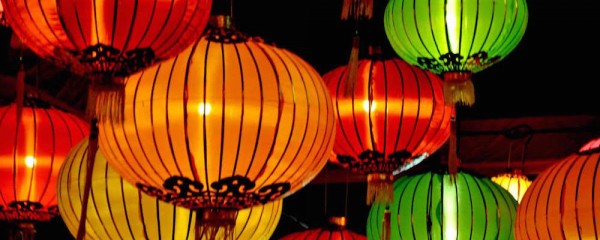

While the celebratory element of the festival remains strong, the traditional theme of harmony and home does not feature as strongly for younger Singaporeans. The family would cook bee hoon (a type of noodles) for dinner before indulging in mooncakes for supper. Offerings included incense, tea or wine, mooncakes, pomelos, yams, and melons. As a child, Madam Au and her family prayed to the Moon Goddess and lit a single lantern with a candle on the day of the festival. The Association organises celebratory gatherings for members during the Mid-Autumn Festival, and shares the associated traditional beliefs and practices with the younger generation. Madam Au is an elder and council member of the Kong Chow Wui Koon Clan Association. One person who has fond memories of Mid-Autumn Festivals is Madam Au Yue Pak.
#Midautumn festival chinese full
On the night of the festival, children are often seen carrying lanterns of all shapes and sizes in and around their housing estates, against the backdrop of the full moon in the night sky. These lanterns were originally used as spiritual offerings in the past. This exchange symbolises respect and esteem.Īnother hallmark of the festival is the lighting and carrying of lanterns. It is common for mooncakes to be exchanged as gifts between businesses and clients, employers and employees, and family and friends. They are packaged and eaten like desserts.

Non-traditional mooncakes include the “snow skin” mooncakes and new flavours or forms, which may include ice-cream, chocolate and other sweet fillings. Its circular shape signifies domestic harmony and the fullness of the moon. The mooncake-a hallmark of the festival-is a round pastry traditionally filled with lotus-seed or bean paste and salted egg yolk. According to folklore, the rebellion used mooncakes to hide messages that called for an uprising on the night of mid-autumn.Ĭelebrations for this festival involves social gatherings and an opportunity to indulge in mooncakes. The festival is also linked to the war between the Han Chinese resistance army and the Yuan Dynasty in the mid-14th century.

Other myths associated with the festival include the pounding of medicine by the Jade Rabbit (玉兔捣药) and Wu Gang, the woodcutter (吴刚伐桂). Chang E has been traditionally worshipped by the Chinese community as the Moon Goddess. When Chang E drank the elixir, she found herself transported to the heavens. Several versions of this myth exists, and in a commonly cited version, she drinks the elixir of immortality to save her people from the eternal tyranny of an immortal Hou Yi, who had become an arrogant and domineering ruler. There are many myths surrounding the origins of the Mid-Autumn Festival, and the most common one is the story of Chang E (嫦娥), the wife of Hou Yi (后羿). The Mid-Autumn Festival is likely to have origins in ancient worship practices of the moon, and served as a harvest festival to express gratitude to the gods.


 0 kommentar(er)
0 kommentar(er)
